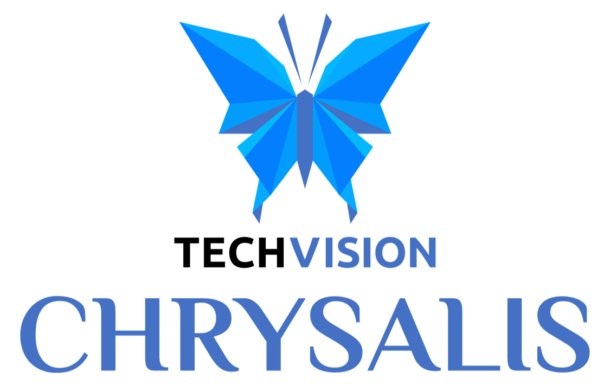Uber, Airbnb, Google, Apple, Amazon, and other disruptive, innovative and successful companies are rapidly growing their market cap and disrupting historic market leaders. These organizations have shown dramatic growth, high P/E ratios, glowing analyst reviews and are generally attracting top talent. This level of success (and the speed of their success) has stimulated large banks, retailers, manufacturers and even technology companies to focus on and promote innovation. TechVision has even recommended organizational changes to better support innovation in our report entitled “The End of EA and IT as we know IT” released last summer. We suggest repositioning the traditional CIO into a role that promotes innovation and LOB integration we call the CITO (Chief Innovation Technology Officer).
So what do these efforts look like today? Many large organizations have Silicon Valley “scout teams”, “innovation labs” and departments specifically focusing on innovation. While this is a start, I see these efforts as largely window dressing if not well integrated and supported by top-level executives. We see a lot of promising programs never get out of the science experiment stage. For innovation have a strategic impact on large organizations, there needs to be a fundamental cultural and management shift to achieve the levels of systemic innovation required for real change, not just incremental improvements.
One of the major differences between the disruptive companies listed earlier and many of the established organizations, is the extent to which innovation is a core value built into the DNA of the enterprise. Even the early innovators can get complacent after early success, but organizations with long-established processes and large customer bases are often the most challenged when it comes to true innovation. “If it ain’t broke, don’t fix it” is the calling card of many large enterprises.
Fred Cohen of TechVision Research recently completed his study designed to systemically drive innovation throughout risk adverse enterprises. This report discusses strategies for innovation that remove the barriers to productivity without introducing undue risk to the larger enterprise. But the biggest barrier is the cultural aversion to risk and fear that taking risks not result in personal success. The key is to ensure that the effort to drive innovation choreographs communication, achieves broad buy-in and doesn’t penalize those that take appropriate risk. Addressing this change can start with some simple steps.
- A Communications Plan: This consists of announcing the change (so people will be aware of it), discussing the change (so people will understand it), coming to agreement (and aligning interests and operational specifics), engaging participants (getting them involved and participating), and preparing them for what they have to do (ultimately leading to adoption).
- A Buy-in Plan: Buy-in starts with executives who sponsor the activity and moves through influence tactics to other executives, managers, and workers. In the case of accelerating innovation at the enterprise level, this starts with the CEO who will ultimately also convince the board and other executives, usually through a similar communication plan.
- A Risk Treatment Plan: Risk in change is largely about resistance to the change. Defeating such resistance usually means; gaining organizational support; aligning the leaders to the vision, goals, strategy, and metrics; engaging the stakeholders over time; and achieving a smooth state transition from the current state to the future state.
Accelerating innovation is best done using a systematic approach to innovation and it should start with a board-level (or very senior-level) decision about the strategic intent and value. This sounds pretty simple, but most large organizations are still looking at the Google’s of the world wondering how to instantiate this culture of innovation.
TechVision will be happy to work with large organizations in assessing their innovation programs and/or evaluating new and disruptive technologies. A generous excerpt from our report can be found here: https://techvisionresearch.com/project/enterprise-innovation/


Recent Comments